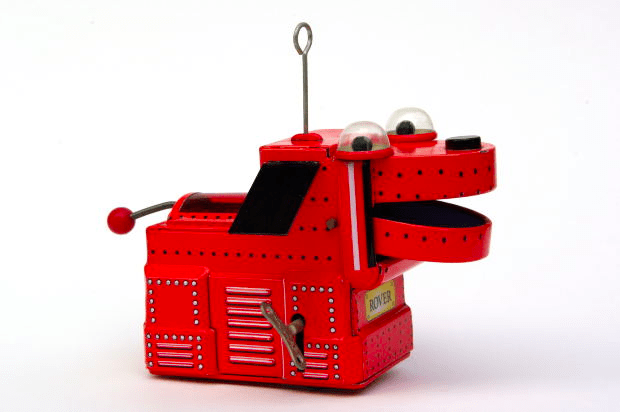A scheme like geoengineering, one similarly unfortunate, is being hatched to recreate extinct species and restore them to nature. It too may gain traction at least in part because of understandable fear. Humanity has increasingly been wiping out the populations and species that constitute essential parts of their life-support systems. De-extinction is also based in part on nostalgia and guilt – we have created a hole in nature, losing such wonderful creatures as passenger pigeons, great auks, and Carolina parakeets.
The basic idea is to employ the wonderful tools of molecular biology to extract DNA from stuffed or frozen remains of now extinct organisms and then use it to resurrect the species. The passenger pigeon is one much discussed – with reborn squabs emerging from chicken eggs being raised by band-tailed pigeons (a species related to the passenger pigeon that still survives in the wild) and trained to flock and migrate properly by homing pigeons.
This may be enough pie-in-the sky for today, but one would be silly to say it’s impossible. It is even conceivable that with enough chickens (and at gigantic expense) the millions of passenger pigeons required to create a viable population might be produced. Without huge populations to “swamp” natural predators it is likely the neo-passengers would die out as did the original populations once their huge numbers were reduced to just thousands by commercial hunting.
In almost every case of de-extinction there would be the challenge of successful re-introduction into the wild – a complex problem that has plagued captive breeding programs for threatened species that do not need to be resurrected first. The lab-created pigeons would likely be even less-well adapted to today’s changing natural conditions than California condors raised in captivity and zoo-reared animals like Arabian oryx have proven to be. And that they would need to be inserted into rapidly deteriorating, relatively limited novel environments, in which their most important breeding season food, the nuts of the beech tree (“beech mast”) are in very short supply, would hardly increase the odds of success.
As with geoengineering, the biggest problem is likely to be the moral hazard, a slackening of the already inadequate efforts to deal with the accelerating extinction crisis. Why worry about the loss of populations and species when they can easily be remanufactured in labs? De-extinction projects with charismatic animals like mammoths could well attract funds that would not be available for more prosaic projects such as protecting native pollinators, but the fundamental issue is whether public misunderstanding would retard the development of support to change human behavior to combat today’s catastrophic loss of biodiversity.
The record of the optimists who claim that technological developments will solve aspects of the human predicament is not all that great. Chlorofluorocarbons would make refrigerators safe. Hunger was to be banished by herding whales in atolls or nourishing people with protein extracted from leaves or from bacteria grown on sewage. Antibiotics would terminate the era of infectious disease. Personal helicopters would end traffic jams. Nuclear power would supply energy too cheap to measure. I’m reminded of the woman who, as she was carried across the threshold on her wedding night, said to her husband “be gentle with me, I’m a virgin.” “But,” he said, “this is your fourth marriage.” “I’ve had bad luck,” she explained. “My first husband had a heart attack an hour after we were married. My second turned out to be gay. And my third was a technological optimist who just sat on the end of the bed and said how great it was going to be.”
MAHB-UTS Blogs are a joint venture between the University of Technology Sydney and the Millennium Alliance for Humanity and the Biosphere. Questions should be directed to joan@mahbonline.org.
MAHB Blog: https://mahb.stanford.edu/blog/deextinction/
The views and opinions expressed through the MAHB Website are those of the contributing authors and do not necessarily reflect an official position of the MAHB. The MAHB aims to share a range of perspectives and welcomes the discussions that they prompt.
